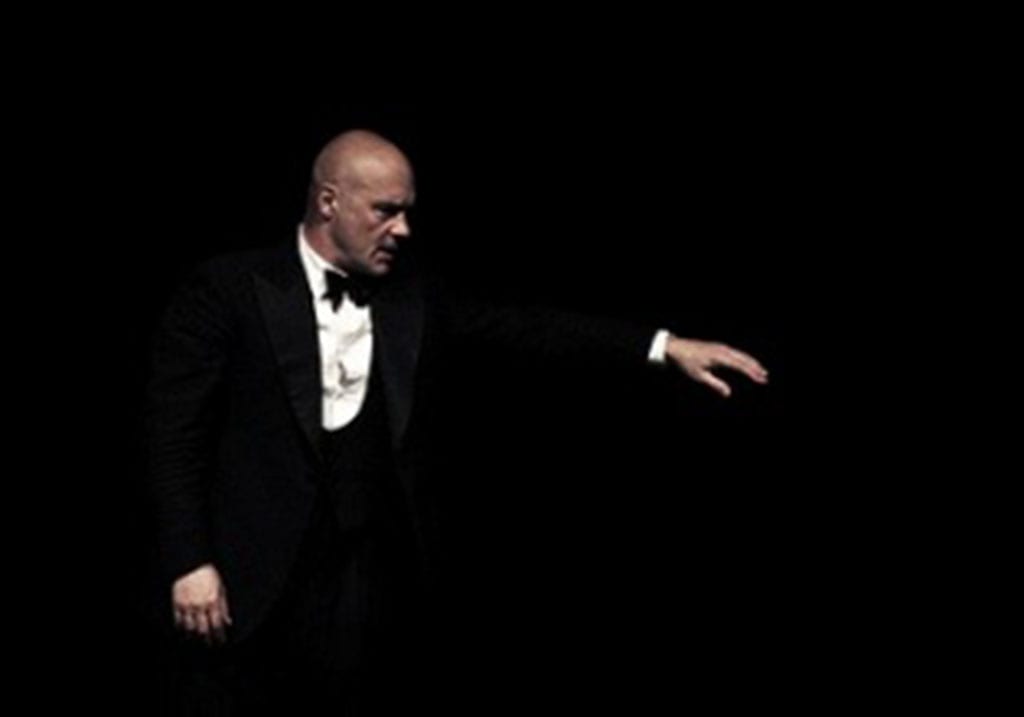The special event ‘Sicilian Splendour’ at the British Museum opened its doors to an evening devoted to Sicily’s culture. Scattered around the museum were various events related to many idiosyncratic traditions: folkloristic music played by Le Tre Sorelle (The Three Sisters); Sicilian Opera dei Pupi performed by the puppeteer Cesare Maschi of Busking Theatre Company; the Infiorata flower carpet workshop led by the artist Anna Saunders; and live poetry arraged by Gabriele Tinti among other storytelling events and, of course, a generous helping of arancini.
These series of events coincided with the current exhibition ‘Sicily: Culture and Conquest’. What was special about this exhibition was how it brought together the co-existence between the invading populations in Sicily. I was especially struck, for example, by a particular tombstone which was written in four different languages: Latin was written in the main text with a Greek translation on the right-hand side and a further translation below in Arabic but in Hebrew script — all the dates, therefore, had their own particular numbering according to the different languages and cultures. As well as exhibiting an early Quran, the exhibition also included an early book of Psalms composed in three languages (Greek, Latin and Arabic), each written on the same page but in three separate columns, thus reinforcing this extraordinary harmonious mix of languages which ultimately turned Sicily into a bilingual (or trilingual or even quadrilingual) island.
The evening came to a spectacular end with a performance by Luca Zingaretti in Lampedusa’s Lighea (1957) [The Siren]. The pairing between the work and the actor is a particularly striking one. Lampedusa is, of course, known for his Il Gattopardo [The Leopard] (1958) but here, what we encountered was the same Sicilian writer only this time in a different work. And the same applies for Zingaretti. We, as British audiences, may know him from our screens as Inspector Montalbano in Camilleri’s novel now popular television series but, true to his art as an actor, here was Luca Zingaretti embodying, incarnating and personifying a large variety of narrative roles from one moment to the next in Lampedusa’s short story. His voice changed from character to character and, though it was just Zingaretti on stage, we saw many different characters interacting with one another all at the same time. Having specialized in the tradition of Italy’s grandi attori in my research, I could only relate this artistic fusion to how I think Eleonora Duse (1858-1924) must have performed her roles. She was renowned for ‘becoming’ many characters, claiming to have lived many lives, and here we saw a modern and moving replica of this quite astonishing artistic metamorphosis. To use the terminology of the Sicilian playwright Pirandello, what we saw here was Zingaretti wearing a variety of fictional masks, switching and swapping them all within a blink of an eye — with skill, precision and sophistication — proving, once more, the true artist he really is away from the film cameras and placed centre stage in one of London’s greatest museums.

